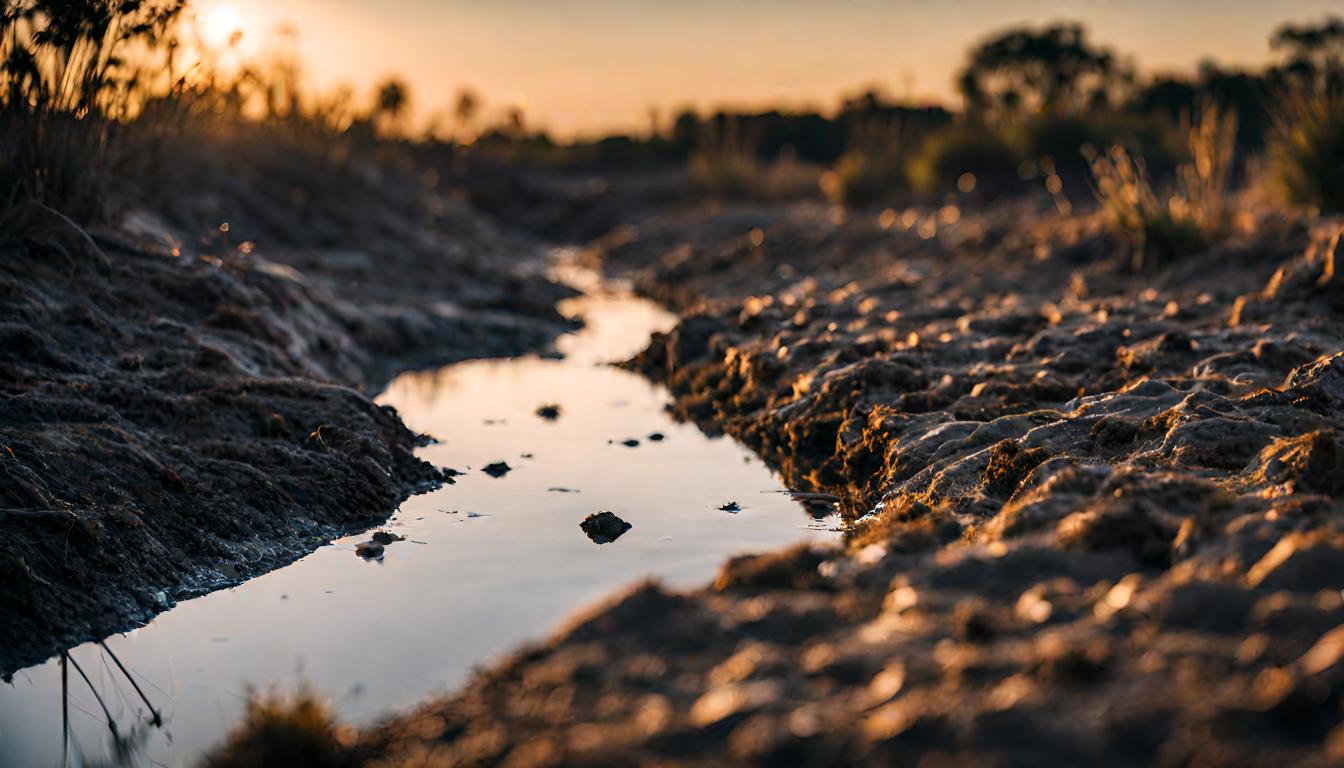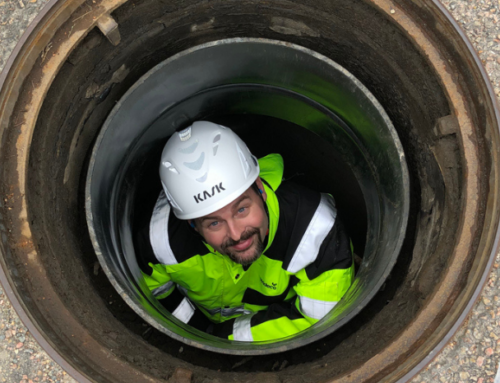Flooding and water scarcity – two opposites that can both have devastating consequences on local communities.
Groundwater levels are important for a variety of purposes, ranging from drinking water supply, well-drilling, tunnel-boring, and geological disposal to agriculture and general community planning. Part of the municipalities mission is to constantly monitor the groundwater levels, to work preventively and ensure that problems are detected in time.
Traditionally, groundwater levels have been monitored manually once or twice a month, using a so-called plumb bob. Today, there are much more efficient and accurate monitoring solutions, which constantly measure the water level and alert you as soon as it changes in any way. One such example is Wideco’s IoT solution, which now replaces traditional monitoring in all possible environments, including the more challenging ones, such as creeks, streams, and wetlands.
Extreme Weather Requires Groundwater Monitoring
Responsible and robust environmental monitoring ensures that infrastructure can withstand climate change and extreme weather events, and thereby protects society. Data from monitoring sensors provides information which then forms the basis for informed decisions in urban planning, which leads to more resilient and sustainable cities.
Catastrophe and Damage Prevention
Data from the sensors serve as catastrophe prevention and keep the civilization safe. Statistics show that early detection of rising water levels can prevent disasters and catastrophes such as flooding. A study conducted in flood-prone areas shows that the use of IoT solutions reduced flood-related damages by an impressive 40% over a five-year period. * Conversely, constant monitoring keeps the groundwater levels from getting too low, ensuring water supply for both households and businesses.
Preserving the Natural Balance of Sensitive Ecosystems
Submersible level sensors also help protect sensitive ecosystems. Data from the wetland areas where the sensors are used show a 30 % reduction in habitat disturbance and incidents of water pollution. *
Save Big
For municipalities, the economic aspect is an important one, and this also benefits from the submersible sensors. As most people realise, environmental disasters often result in huge financial losses. By working proactively and preventing problems before they occur, the municipalities can save a huge amount of money.
The high level of accuracy, reliability, cost-saving, and work efficiency make them invaluable tools for municipalities and organisations committed to preserving our natural environments. As we move forward, it is imperative that we embrace innovative solutions that ensure we can best protect our communities and residents.
Why Is Groundwater Monitoring So Important?
– To prevent risks that can arise when it becomes too high or too low.
Risks associated with high groundwater levels:
- Flooding.
- A potential acidification of the water.
- A potential increased level of metals in the water.
Risks associated with low groundwater levels:
- Subsidence that can damage land, buildings, and structures.
- Low groundwater levels can have major consequences for farmers who rely heavily on water supply.
- Increased risk of forest and soil fires.
- Increased needs of irrigation of dry arable soils, which cost a lot of money.
- Properties on wooden foundations can suffer from rot and subsidence. Damage can occur quickly even with a small drop in water level.
* Sources: Market Research and IoT Analytics
For further information, please contact
Dan Wärja – Account Manager – IoT & VA
Cell. +46 702 38 50 04
Office. +46 33 10 18 10
Email: dw@wideco.se



